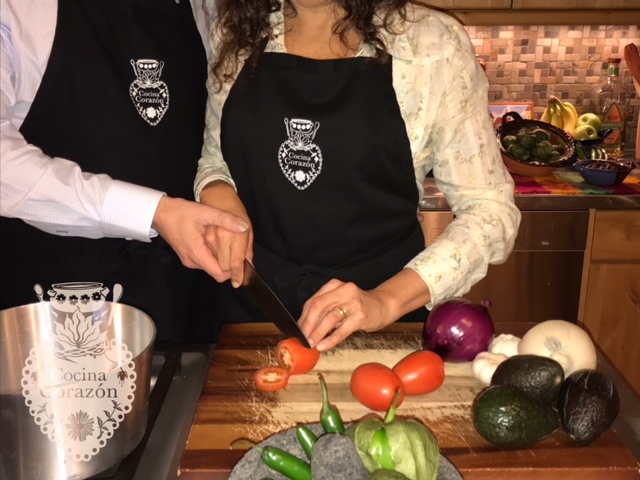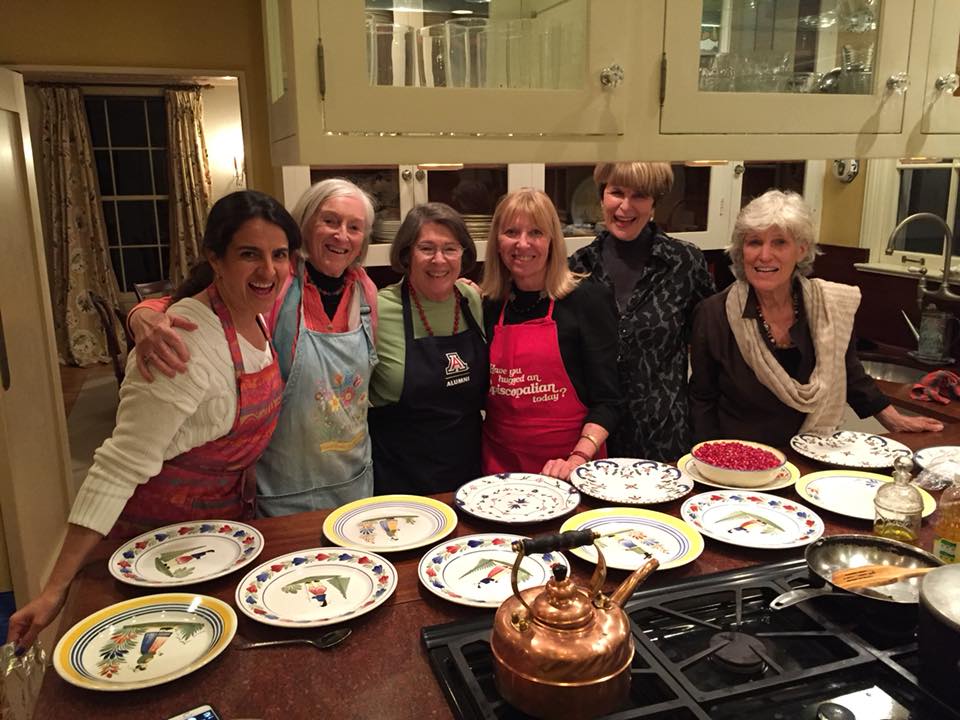Mexican food is much more than burritos, guacamole, and salsa.

What comes to your mind first when you hear about Mexican food? Tortilla chips, burritos, lots of cheddar cheese, flour tortillas or battered chiles? Perhaps a lot of elements that have defined Mexican food as ‘unhealthy’, right? But these are ingredients that are not part of authentic Mexican cuisine. These are variations or an adaptation to the Tex-Mex food, originated in Texas, which once formed part of Mexico. Tex-Mex and Mexican fast food have both largely come to define the U.S. perception of Mexican food.
Before the Spanish arrived in Mexico, the native diet was largely plant and grain based. The dairy and meat products commonly found in Texas (while similar to northern Mexico) are vastly different from what’s available in the rest of Mexico – hence the many iterations of Mexican cuisine. When Americans crave Mexican food, it’s usually the Tex-Mex variety they’re after, so they head straight to Taco Bell, Chipotle or so many so-called Mexican restaurants spread out through the United States.
Mexican cuisine is one of the most colorful, full of flavor and traditions, so it won the honor of being declared a Masterpiece of the Oral and Intangible Heritage of Humanity by UNESCO in 2010.
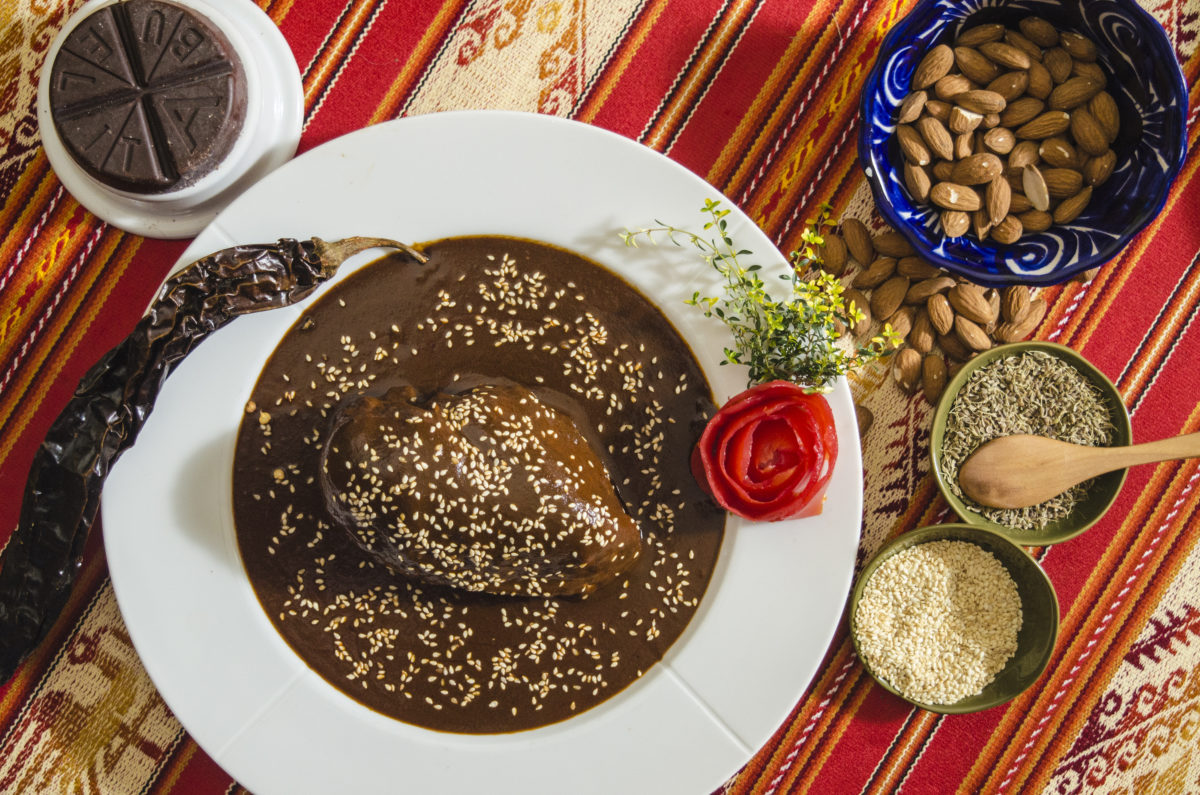
In the Oxford Research Encyclopedia of Latin American History, Jeffrey M. Pilcher writes in the article ‘Taste, Smell, and Flavor in Mexico’ “Mexican cuisine is often considered to be a mestizo fusion of indigenous and Spanish foods, but this mixture did not simply happen by accident; it required the labor, imagination, and sensory appreciation of both native and immigrant cooks. Research from around the world has suggested the rise of sweetness as the predominant sensory experience of the modern dietary transition from peasant cuisines dominated by complex carbohydrates and vegetable proteins to industrial diets based on sugars and fats. This was certainly true of Mexico, but historical sources reveal a far more complicated picture of changing tastes. Although the arrival of sugar cane with the Spanish conquest did begin to shift the sensory balance from pre-Hispanic bitterness (chile peppers, cacao) toward sweetness, the introduction of other new foods brought complementary increases in sourness (lime, tamarind) and savory tastes (from the meat of domesticated animals), as well as new fragrances from spices (cinnamon, clove, pepper).” but many of today’s Mexican dishes preserve the original flavors and healthy aspects of this ancient cuisine.
“In Mexico, the act of feeding was also foundational to pre-Hispanic cosmologies. According to the sacred Maya book, the Popol Vuh, a goddess created the first humans out of maize.”
Lucy Rennick in her article “If you think Mexican food is unhealthy, think again” writes – “As with any cuisine, there are unhealthy elements to Mexican cuisine – it can often be high in salt, for example. But Richard Prout, Mejico’s food and beverage operations manager says “Many of the ingredients inherent to Mexican cooking boast an array of health benefits. Ancient grains, quinoa, chia, beans, and corn, for example, are all ingredients that you will find in the aisles of your local health food store and all of these ingredients have been consumed in the Mexican diet for centuries. Chili itself contains up to seven times the vitamin C level of an orange whilst also laying claim to aiding digestion, muscle, joint & nerve pain and packed full of vitamins A, E and a number of other benefits, including being delicious.”
Mexican cuisine began about 9,000 years ago
Agricultural communities such as the Maya domesticated maize, creating the standard process of corn nixtamalization, and establishing their foodways. Successive waves of other Mesoamerican groups brought with them their own cooking methods. These included the Olmecs, Teotihuacanos, Toltecs, Huastecs, Mixtecs, Otomies, Purépechas, Totonacas, Mazatecs and Mazahuas.
Tortillas, beans and chile peppers, three basics of the Mexican cuisine
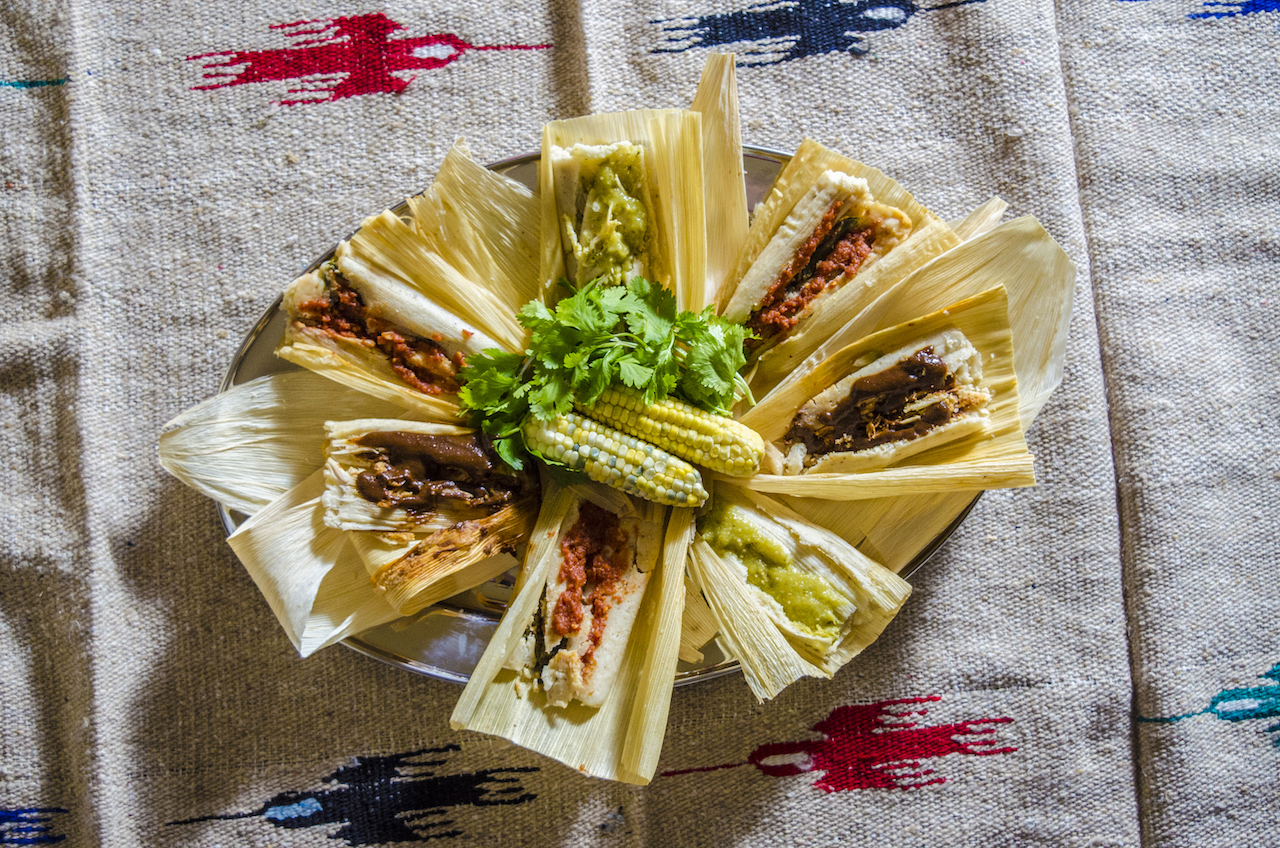
The most everyday tastes among these cultures were corn tortillas. The fragrance of wooden fires further enhanced the flavor, although shortages of wood may have led to burning other substances, including perhaps dung. Beans, cooked until tender in earthenware pots, added further savory notes to the daily diet. Chile peppers and – for the elite – chocolate, were predominantly bitter rather than sweet.
The indigenous cuisine of maize tortillas, beans, and chiles, augmented during the colonial period by occasional meats and condiments, remained the dietary staple of the vast majority of the population. Nevertheless, the changes suggested during the first hundred years of independence would become widespread during the 20th century.
Healthy Facts of Mexican food
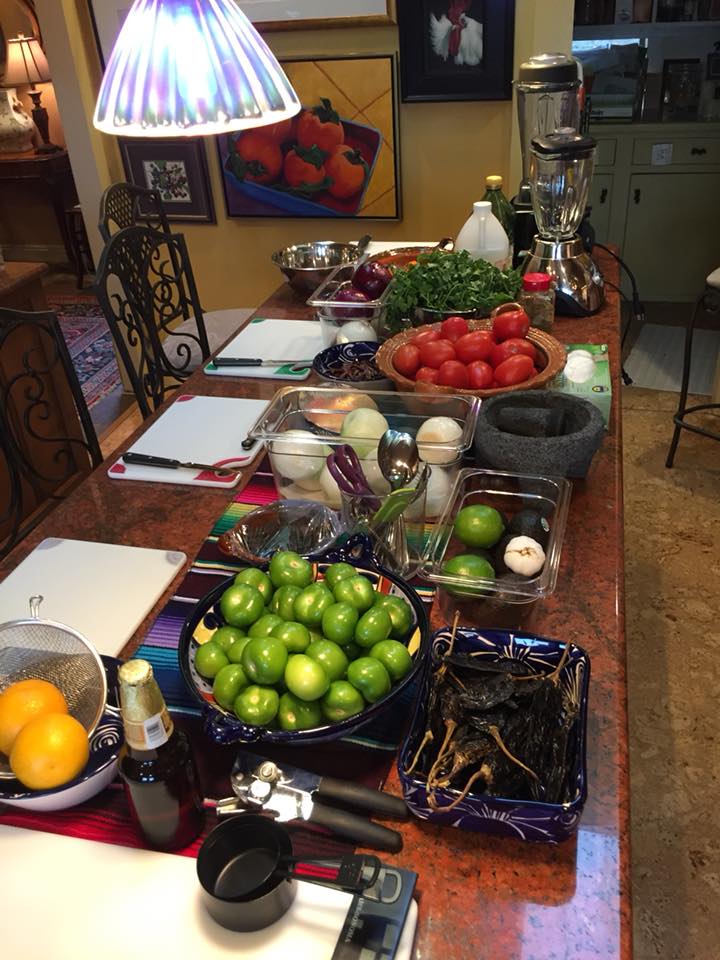
- The use of ancient grains, local herbs, and the variety of vegetables and fruits make the Mexican cuisine one of the most exquisite and healthy in the world
- Mexican cuisine is based in these three healthy elements: Corn, beans and chile peppers
- Other important healthy foods are: Squash, amaranth, chia, avocados, tomatoes, tomatillos, cacao, vanilla, agave, turkey, spirulina, sweet potato, and cactus
- Edible flowers such as hibiscus, squash blossoms, chrysanthemums and carnations are a main source of vitamins, antioxidants, and medicinal properties
- The abundance of tropical and exotic fruits makes it easy to drink fresh and healthy juices every day
Mexican cuisine offers balance and variety. As with any food, eat in moderation to get all the healthy benefits
